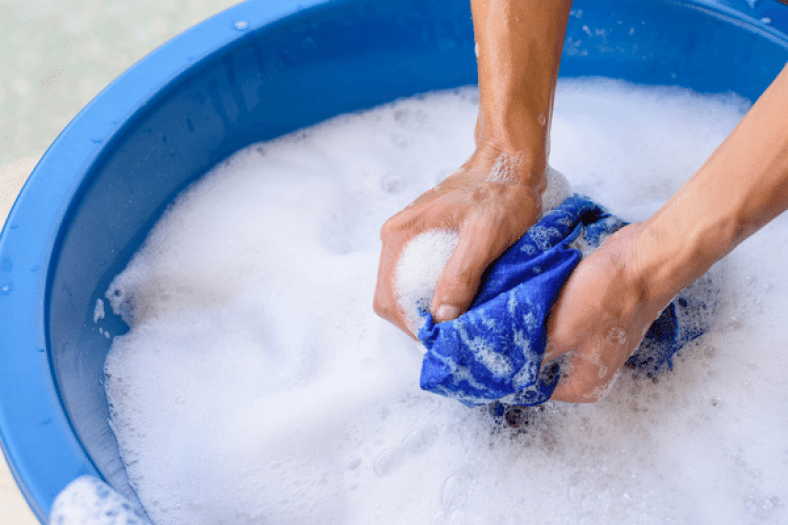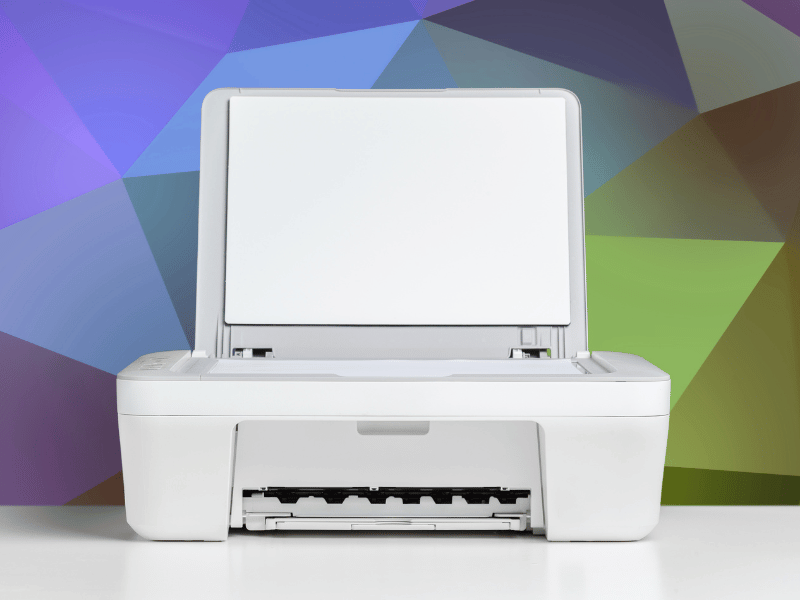Sublimation printing is a printing method that transfers a design into a material or fabric using ink, pressure, and heat. It is a simple and economical method of adding customization to products by converting the solid ink particles into a gaseous form. In the world of clothes and apparel, sublimation printing is a game changer as it allows for whole garment prints-designs that go seam to seam.
A dye-sublimated T-shirt, and any other piece of clothing is a fantastic investment to have in your closet. Due to their superior design, you can anticipate them to last for a very long time. The printed cloth will last longer than anticipated so long as you treat it as best as possible. Be keen to follow the correct washing steps for sublimated clothes to maintain their quality and appearance.
Sublimation Washing Instructions:
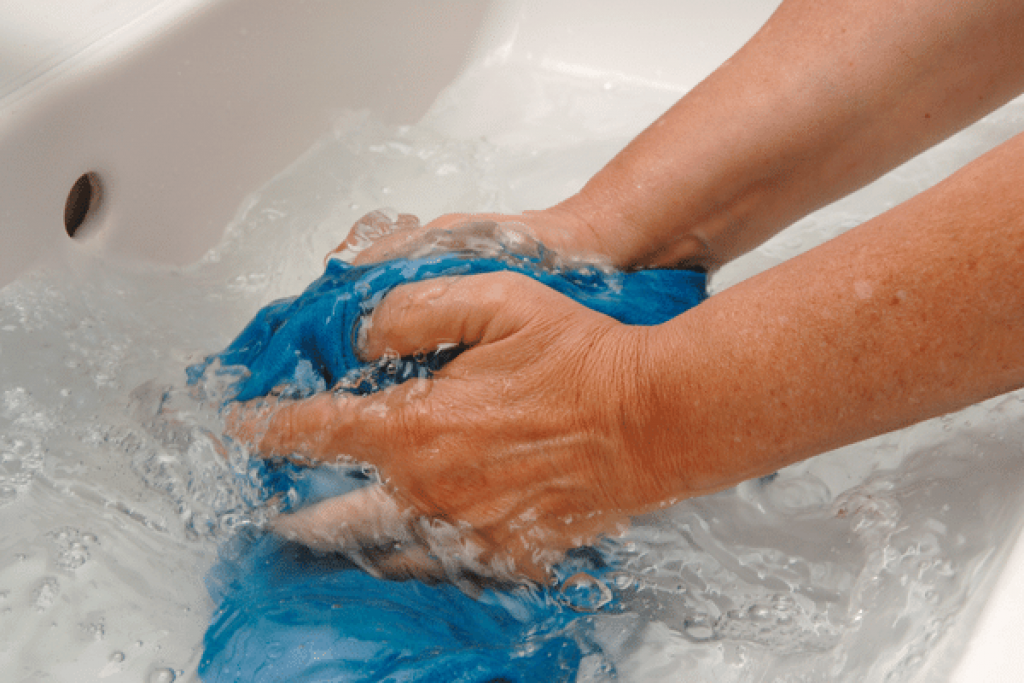
As previously highlighted, having a dye-sublimated t-shirt is a fantastic addition to your outfit. Other design applications practically unmatch the style and design quality of dye sublimated t-shirts. They are made in such a way that they will last for a longer period.
Washing Your Dye Sublimated T-shirt:
To maximize the life and performance of your sublimated t-shirt, use cold water, especially when washing it in a machine.
You may need to buy a non-phosphorus detergent to clean your dye-sublimated t-shirts separately. Immediately after the wash cycle is completed, take the t-shirts out.
Drying Your Dye Sublimated Apparel:
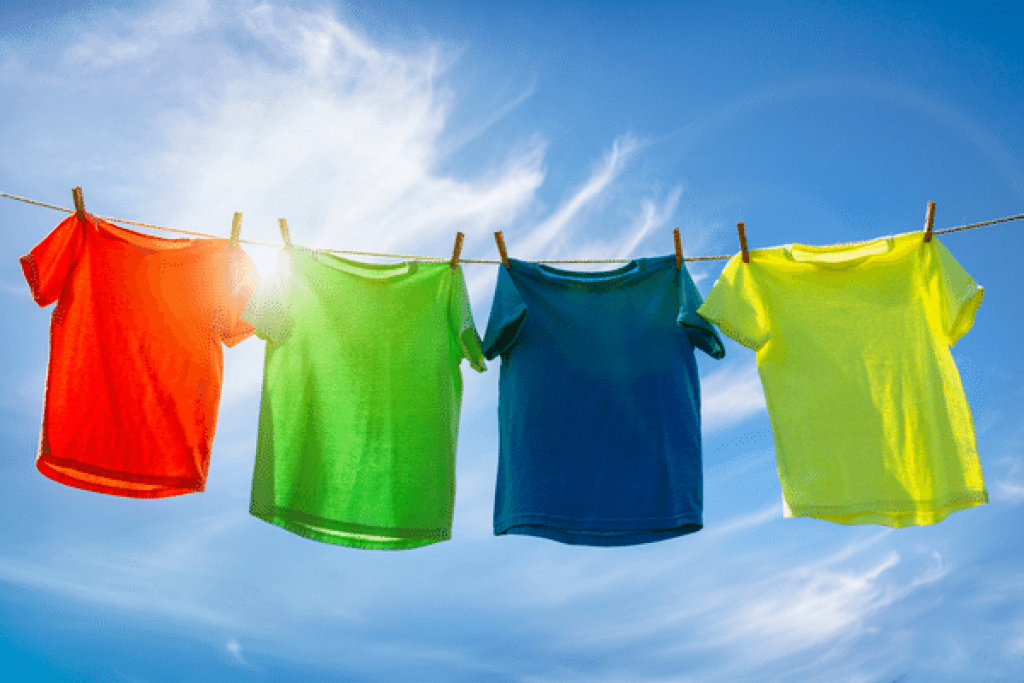
The best way to dry dye sublimated t-shirts or other apparel is to hang them up. However, if you are in a hurry and need them to dry quickly, you can put them on the dry tumble setting at a low temperature.
Note: Turn your dye sublimated shirts and t-shirts inside out before washing them for even better care to extend their lives. Use a mild, non-phosphorus detergent to lessen agitation or irritation during the washing cycle.
Avoid These Harmful Factors During Care:
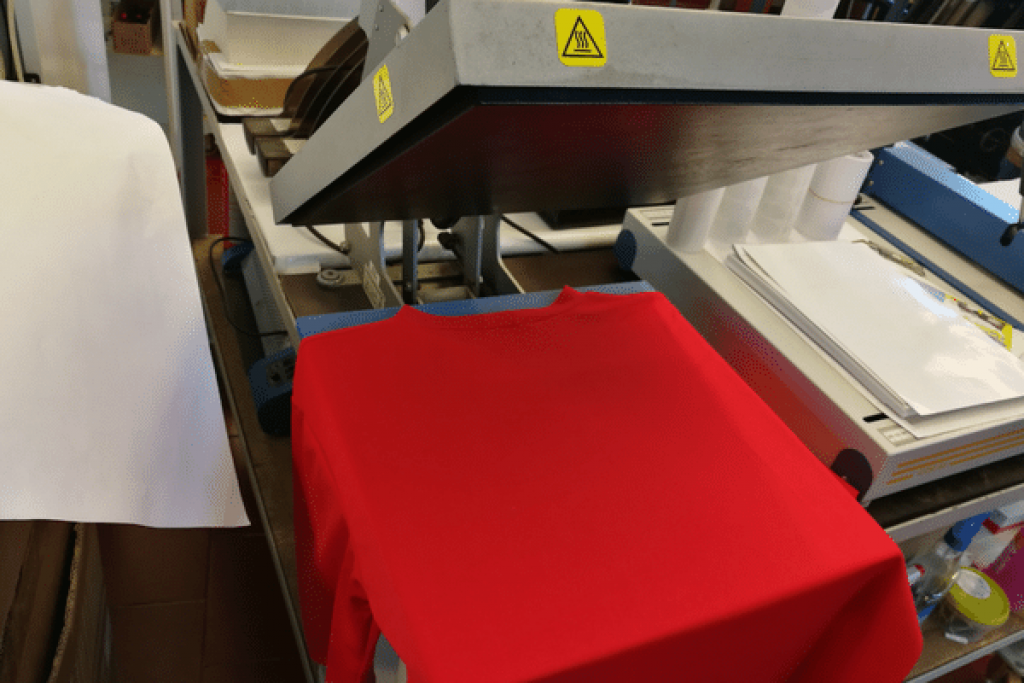
Avoid using heated water as much as you can. Always use cold water to wash sublimated shirts and t-shirts. Dry cleaning is also frequently discouraged. Your shirt’s color could bleed or fade if you wash it in hot water.
Furthermore, as phosphates can sometimes result in color bleeding, we emphasize the importance of using non-phosphorus detergent.
While chlorine bleach is a common detergent that has been around for decades, it is not ideal for sublimated clothes. Chemicals in chlorine bleach the fabric’s fibers, causing color bleeding and discoloration.
Additionally, chlorine bleach causes skin irritation and discoloration, especially if you touch your hair after washing it. Aside from weakening the cloth and fading its colors, chlorine can also be harmful to your health. It may cause some allergic reactions, and in worst-case scenarios, it can cause cancer, especially when you breathe in dangerous fumes.
Do not wash your sublimated clothes in the same load as other clothes.
Sublimated clothes may pick up colors from the neighboring apparel. We specifically suggest against including clothing with zippers, Velcro, or buttons since they may result in snagging, pulling, or other flaws on sublimated clothes.
Lastly, avoid using screen print dryers on dye sublimated t-shirts, as doing so could fade the color. Dryers use pressure and heat to melt the fabric so that sublimation ink doesn’t stick to it. Due to the dryer heat, the dye will migrate when you dry screen prints your t-shirts.
Does Sublimation Ink Wash Out?
Yes, it does. Keep track of how frequently you wash your clothes if you want to keep your sublimation prints more vibrant. The ink’s ability to fade is greatly affected by washing.
When you use sublimation printing, the ink ultimately fades because of the ink mixing with the fabric and water. There is also a pretty high possibility that your t-shirt will fade if you keep washing it in hot water daily.
Therefore, washing your dye sublimated clothes as little as possible is recommended to prevent sublimation ink from washing out.
How Long to Wait After Sublimation?
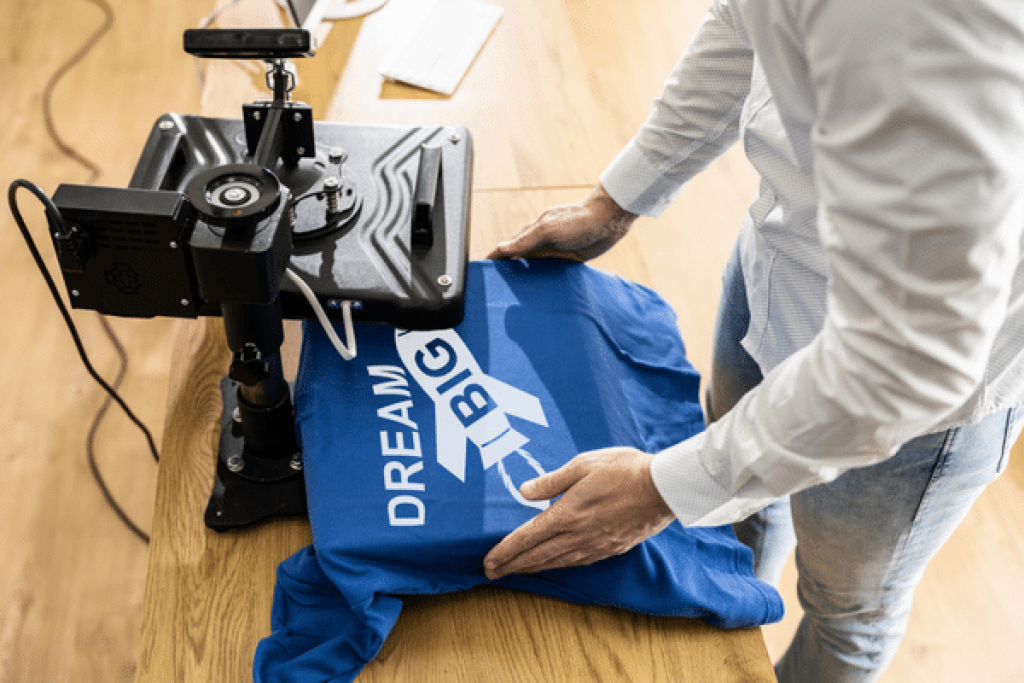
It takes time for the thermoadhesive coating to solidify and penetrate the fabric’s fibers. The coating may peel or crack when washed and dried too quickly.
You should, therefore, wait for at least 24 hours before washing after sublimation.
Can You Wash Sublimation Shirts Right Away?
No, you cannot. As previously mentioned, you should wait for at least 24 hours before washing your sublimation shirts. Remember to use cold water and the correct detergent when washing your dye-sublimated shirts and t-shirts. Take them out once the wash cycle is completed and hand them up for drying.
Do You Wash Shirts Before Sublimation?
It’s not necessary. But Linting your shirts is advisable to remove any present debris that would otherwise interfere with the sublimation design adhesion. Debris could also potentially cause blue-looking dots to appear after pressing. Essentially, this step is important as the blue dots may be stubborn to wash out afterward.
Will Sublimation Wash Out of Cotton?
Due to true sublimation bonding, dye will not peel, fade, or crack when washed. The resulting image will be on the surface rather than embedded in products that allow cotton sublimation.
However, sublimation on pure cotton is not recommended. The image may peel, break, or fade over time. Ink will, undoubtedly, transfer to the cotton cloth, but since not all of it is polyester, it will wash out of the cotton fibers. It is advisable to use pure polyester as it gives you better vivid and vibrant prints.
Do You Need to Wash Shirts Before Heat Transfer?
A pre-wash is not always necessary. If you prefer to wash your t-shirts before heat transfer, stay clear of liquid fabric softeners that leave behind an HTV spelling residue.
Conclusion:
It doesn’t take rocket science for you to wash your sublimation shirts at home successfully. However, if you want them to last, there are several factors you need to consider. Rinsing out your sublimated shirts and t-shirts after 24 hours allows you to minimize wear, tear, and loss of color. Remember to use cold water and non-phosphorus detergents on your sublimated clothes to prevent fading and color bleeding.

